
Lal Bahadur Shastri was an Indian politician and statesman who served as the second prime minister of India from 1964 to 1966. He previously served as the sixth home minister of India from 1961 to 1963.
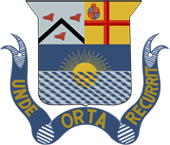
Presidency College is an art, commerce, and science college in the city of Chennai in Tamil Nadu, India. On 16 October 1840, this school was established as the Madras Preparatory School before being repurposed as a high school, and then a graduate college. The Presidency College is one of the oldest government arts colleges in India. It is one of two Presidency Colleges established by the British in India, the other being the Presidency College, Kolkata.

Karthika Menon, better known by her stage name Bhavana, is an Indian actress who predominantly appears in Malayalam and Kannada language films in addition to Tamil and Telugu films. She is the recipient of two Kerala State Film Awards and a Filmfare Award.
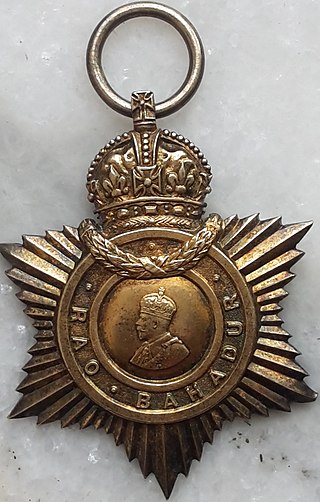
Rao Bahadur and Rai Bahadur, abbreviatedR.B., was a title of honour bestowed during British rule in India to individuals for outstanding service or acts of public welfare to the Empire. From 1911, the title was accompanied by a medal called a Title Badge. Translated, Rao means "King", and Bahadur means "Brave". Bestowed mainly on Hindus, the equivalent title for Muslim and Parsi subjects was Khan Bahadur. For Sikhs it was Sardar Bahadur.

Ayilyam Thirunal Rama Varma (1832–1880) was the ruler of the princely state of Travancore in India from 1860 to 1880. His reign was highly successful, with Travancore gaining the appellation of "model state of India". Ayilyam Thirunal was the nephew of Uthram Thirunal and Swathi Thirunal and grandson of Gowri Lakshmi Bayi.

Saraswati P. Venkataraman Sastri , hieratically titled H.H. JagadguruShankaracharya Swami Bharatikrishna Tirtha (1884–1960), was Shankaracharya and officiating pontiff of Dwaraka Math, and then the 143rd Shankaracharya and supreme pontiff of Govardhana Math in Puri in the Indian state of Odisha, from 1925 through 1960. He is particularly known for his book Vedic Mathematics, being the first Sankaracarya in history to visit the West, and for his connection with nationalist aspirations, thus earning him the title 'Father Of The Vedic Maths'.
Jai Jawan Jai Kisan was a slogan of Lal Bahadur Shastri, the second Prime Minister of India spoken in 1965 at a public gathering Uruwa, Prayagraj.
Arvind Krishna is an Indian cinematographer, producer and actor who predominantly works in the Tamil film industry. He is well known for his work in 7G Rainbow Colony (2004) and Pudhupettai (2006).
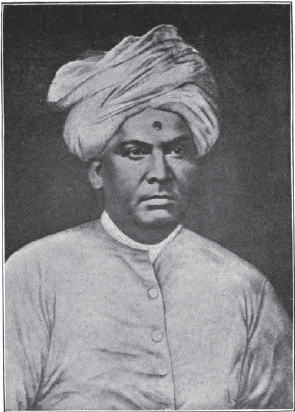
The Right Hon. Calamur ViravalliRunganada Sastri was an Indian interpreter, jurist, civil servant, polyglot, and social reformer, who was known for his mastery over Indian and foreign languages alike in both classical and vernacular forms, as well as his general erudition and command of jurisprudence.

Diwan BahadurSir Calamur Viravalli Kumaraswami Sastri was an Indian jurist, statesman, and Sanskrit scholar who was leader of the Madras Bar as a Vakil of the High Court, before being appointed as a puisne justice of the Madras High Court in 1914, and, later, Chief Justice of the Madras High Court. He also served on numerous special committees; most notoriously, the Rowlatt Committee - service on which nearly imperiled his later service as Chief Justice. The great-grandson, great-great-grandson, and great-great-greatgrandson of celebrated Sanskritists, he himself was noted for achieving "brilliant success, with speed" from his first days practicing law. In his heyday, he was considered "the most brilliant representative of the Madras Judicial Service", and the successor to V. Bhashyam Aiyangar.

Chetput Ramaswami Iyer Pattabhiraman was an Indian lawyer and politician from the Indian National Congress. He was the eldest son of Indian statesman C. P. Ramaswami Iyer. He served as a Member of Indian Parliament from Kumbakonam from 1957 to 1967 and as a Union Minister from 1966 to 1967.
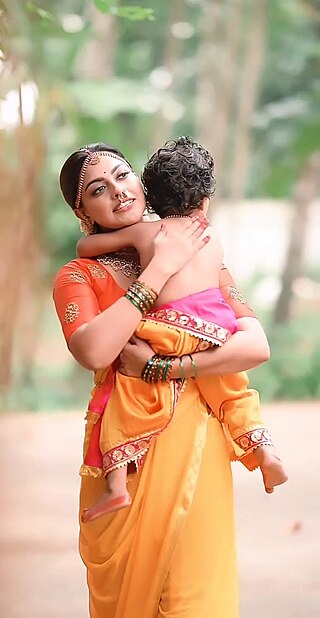
Anusree is an Indian actress who appears in Malayalam films. She made her acting debut in the 2012 film Diamond Necklace and has acted in a number of Malayalam films in female lead roles.
C. Aryaman Sundaram is an Indian lawyer and jurist who has variously served as Chief Judge of the Punjab and Haryana High Court, a justice of the Supreme Court of India, and a justice of the Supreme Court of Singapore. He is famously one of the wealthiest and most highly remunerated lawyers in India, as well as one of the most well-connected, with a distinctive creativity and originality in theory and argumentation. He is often referred to as one of India's 'Legal Eagles' - one of the absolute foremost lawyers in India.
Dewan BahadurCalamur Viravalli Viswanatha Sastri was an Indian jurist and statesman who served as a justice of the High Court of the Madras Presidency, following and alongside his elder brother Dewan Bahadur Sir C. V. Kumaraswami Sastri. He was awarded the Kaisar-i-Hind Medal in 1934.

C. V. Ranganathan (1935-) is an Indian diplomat and statesman, who variously served as Joint Foreign Secretary, Indian High Commissioner to Hong Kong, and Indian ambassador to Ethiopia, before being appointed to oversee Perestroika as Ambassador to the Soviet Union.

The Mylapore clique, also faction, group, set, or cabal was a small coterie of politically moderate, elite Brahmins, many of them noted lawyers, in the Madras Presidency, who 'wielded almost exclusive influence and patronage in the service and government appointments', 'controlled the flow of resources out of the institutions of the capital' and 'dominated the professional and political life of Madras'. Informal and exclusive, it was historically controlled by two extended families, the Vembaukum Iyengars, and the Calamur Viravalli-Chetpet Iyers, and took its name from Mylapore, the luxurious neighborhood in which many members kept mansions.
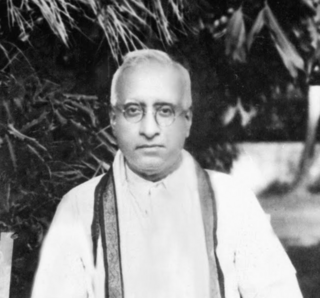
Diwan Bahadur RayaVallur Nott Viswanatha Rao was an Indian civil servant and statesman who served as Finance Secretary, Law Secretary, and Education Secretary of the Madras Presidency, as well as in the Legislative Council of Madras, and as Collector of Tinnevelly, and of Tanjore.

Calamur MahadevanFNAFGMMSI, sometimes known as C. Mahadevan, was an Indian specialist in economic geology, marine geology, and nuclear geology, and 1934 Founding Fellow of the Indian Academy of Sciences, elected for Earth and Planetary Sciences, serving on the Council of the Indian Academy of Sciences from 1948 until his 1962 death. Chosen as a Fulbright scholar, with aid from the United States National Research Council, he taught at the Massachusetts Institute of Technology. Appointed to the first Professorship of Geology at Andhra University, he was known as a doyen or foundational figure in the field of Indian geology.

The Calamur Viravalli family, inclusive of closely intermarried "merged" lines was one of the two preeminent Brahmin dynasties in the Madras Presidency who dominated the Mylapore clique, alongside the Vembaukum family. They were originally Vadama Iyers from Kalambur and nearby hamlets in North Arcot, who traced their ancestry to Appayya Dikshita, and before that, Deshastha movements from the North. They were traditionally by hereditary profession renowned Sanskritists, as with Anantha, father of patriarch C. V. Runganada Sastri, Anantha's father, and Anantha's father's father, but rapidly adapted to the practice and administration of law and English-style governance, with many Calamurs coming to rank among India's most celebrated lawyers and jurists.














